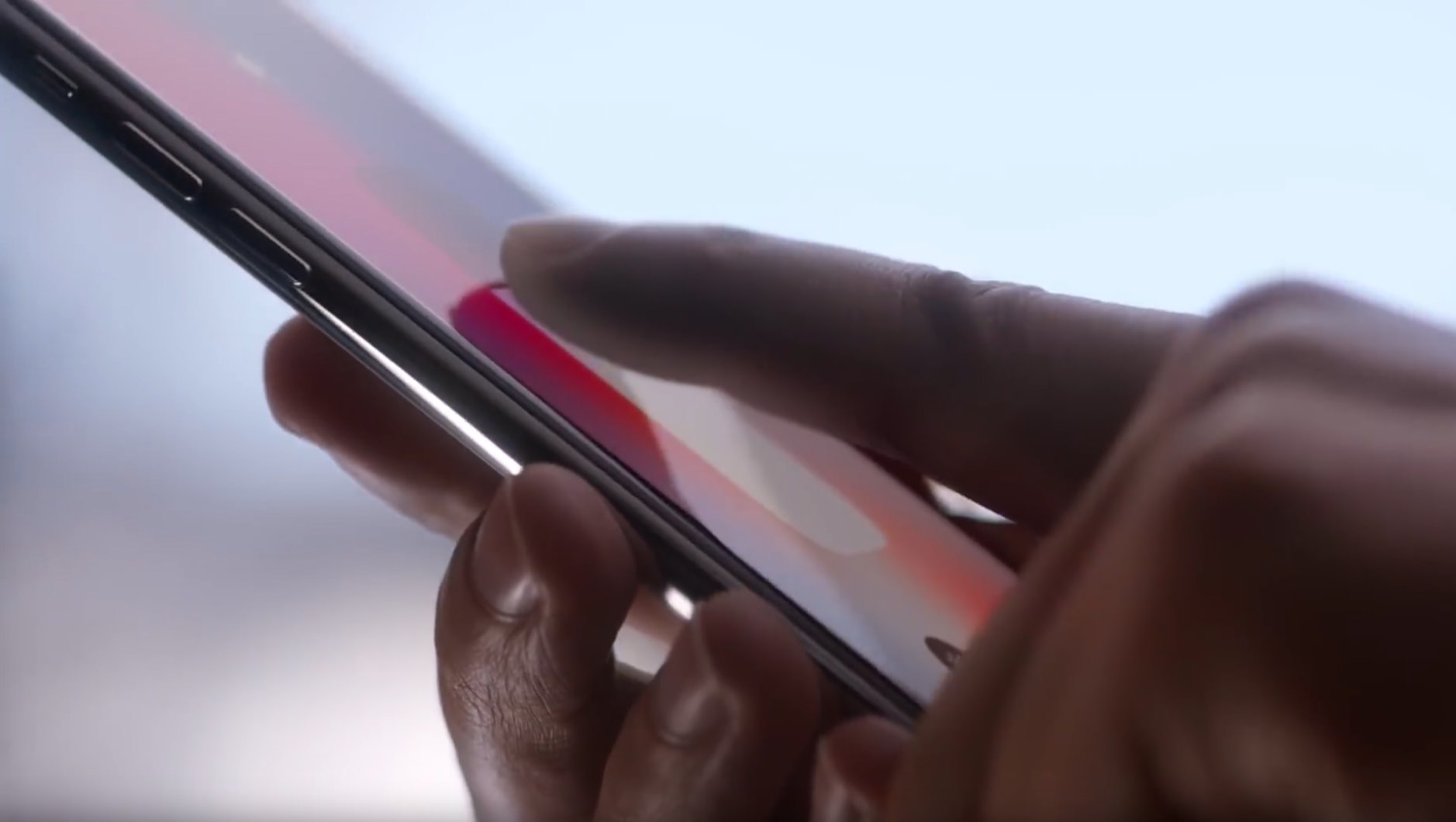„Apple Is Secretly Developing Its Own Screens for the First Time“

Richtig schöner Scoop von Mark Gurman, der viele (kleine) Details enthält und auf die üblichen Spekulationen verzichtet.
The technology giant is making a significant investment in the development of next-generation MicroLED screens, say the people, who requested anonymity to discuss internal planning. MicroLED screens use different light-emitting compounds than the current OLED displays and promise to make future gadgets slimmer, brighter and less power-hungry. […]
The secret initiative, code-named T159, is overseen by executive Lynn Youngs, an Apple veteran who helped develop touch screens for the original iPhone and iPad and now oversees iPhone and Apple Watch screen technology. […]
It’s unlikely that the technology will reach an iPhone for at least three to five years, the people say. While the smartphone is Apple’s cash cow, there is precedent for new screen technologies showing up in the Apple Watch first. When it was introduced in 2014, the Apple Watch had an OLED screen. The technology finally migrated to the iPhone X last year.
Niemanden sollten Apples Bestrebungen erstaunen. Es wäre in der Tat überraschender, wenn Tim Cooks Company nicht an einer eigenen Display-Technik forschen würde. Der Konkurrenzvorteil, die Kontrolle über den Herstellungsprozess, allgemein der Besitz dieser Kerntechnologie und die Unabhängigkeit gegenüber einzelnen Zulieferern sind vier Apple-typische Gründe um viel Geld in die Hand zu nehmen.
Gurman’s Exklusivbericht beantwortet aber indirekt auch eine andere Frage. Als das iPhone X mit OLED-Display im letzten Herbst erschien („The first OLED display great enough to be in an iPhone“), das bekanntlich Samsung produziert, kam die Diskussion auf welchen Einfluss Apple auf die Entwicklung dieses Bildschirms hatte. Spätestens seit heute ist klar: Mit dieser Expertise im Haus kann man mit Sicherheit sagen, dass Apple keine iPhone-Display „von der Stange“ kauft.